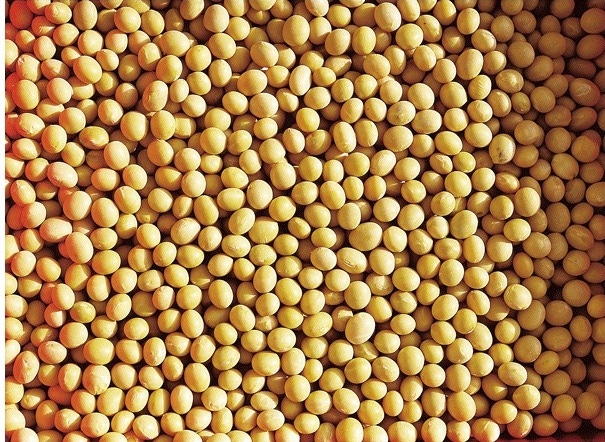
Entering each soybean harvest brings great promise in yield expectations, and in certain pockets of the United States, that promise also brings some concern about the availability of soybean meal until the new crop beans come in to the system.
“We had heard the same kind of rumblings that places had stopped offering meal until they could buy the beans,” says Phyllis Nystrom, branch manager of the CHS Hedging branch in Inver Grove Heights, MN. “It’s that domino effect; if you can’t source the beans out, you can’t crush the meal. … shortages are probably localized at this point.”
Nystrom says, depending on what area you are, there are some old crop beans being held onto, “the old adage of ‘funeral beans,’ you’re going to have those until you die.”
A tight supply of beans, correlating into a tight soybean meal supply, should not be a surprise to anyone. “We’re going in with a tight carry into next year, and we knew that all along,” she says. A bright spot is the early harvest reports coming out of the Delta, “phenomenal yields from what we’ve heard, but that’s feeding the export market so the export market has backed off some, but it’s hitting the domestic interior where people need to deal with the crushers.”
Though she has heard the soybean meal shortage rumblings, “I can’t pinpoint where anyone has said they aren’t offered any more, but you hear the chatter. … Haven’t heard anyone having a hard time filling their contracts, but it’s those new sales” where problems may arise.
As understandable, soybean meal prices rose on the rumblings of shortages, but they have settled back in after the initial knee-jerk reactions. “September futures in delivery now are still very, very high. They’ve backed off, and then have come back in the past couple of days on the futures side,” she says.
What do hog producers do if they truly are faced with a soybean meal shortage?
Animal nutrition specialists recommend using the maximum amount of synthetic tryptophan in the grow-finish diet to reduce soybean meal up to 100 lb. per ton. Of course, it’s always best to review a change in your swine herd’s diet with your nutritionist.
About the Author(s)
You May Also Like


